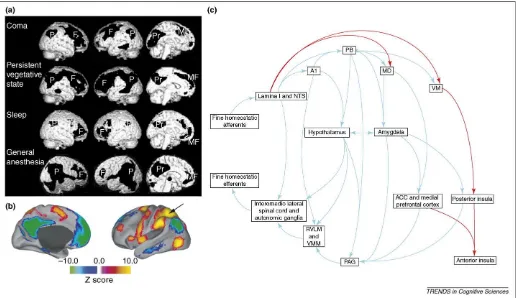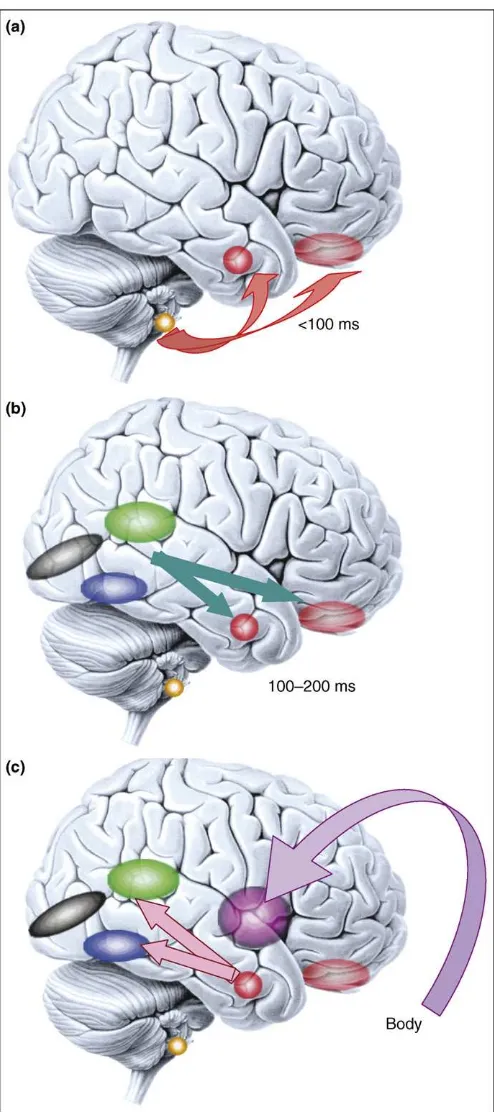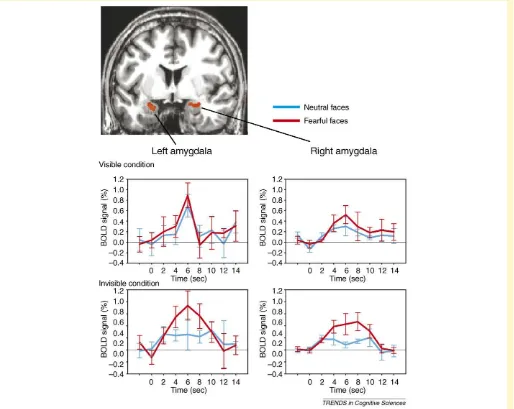TsuchiyaAdolphs2007Emotion. 1397KB Jan 09 2011 11:48:54 PM
Teks penuh
Gambar
![Figure 1. Defining components of emotion and consciousness. (a) We distinguish an emotion state from the emotion experience (feeling), although they are not mutuallyexclusive [2]](https://thumb-ap.123doks.com/thumbv2/123dok/3175730.1388606/2.612.52.569.49.446/figure-defining-components-emotion-consciousness-distinguish-experience-mutuallyexclusive.webp)



Dokumen terkait
The results for the knowledge measure also showed that subjects in the High-InfoControl condition had a higher level of knowledge for the relationship between the values of
The empirical results (n = 1,028) identify entertainment value as well as information value as the strongest drivers of the acceptance of the mobile phone as an innovative medium
A permanent change in the price of an addictive good may have only a small initial effect on demand, but the effect grows over time until a new steady state
Karakteristik bisnis layanan jasa, analisis dan rancang jasa, Karakteristik bisnis layanan jasa, analisis dan rancang jasa, manajemen kapasitas dan permintaan layanan, manajemen
Note, however, that while the intrinsic goals of this newer aspect of Shame differ from those of Protoshame, the implications for decision making are similar: By highlighting
Previous research conducted in the United States and Great Britain (individualist cultures) has shown that many factors influence impulsive buying behavior: the consumer’s mood
We predicted that guilt would be reduced and satisfaction increased following intergroup reparations compared to further intergroup aggression, and that behavioral
People who knew of the effects of passive smoking on adults were more likely to modify their behaviour than those who did not: for example, 56% of smokers who thought that

